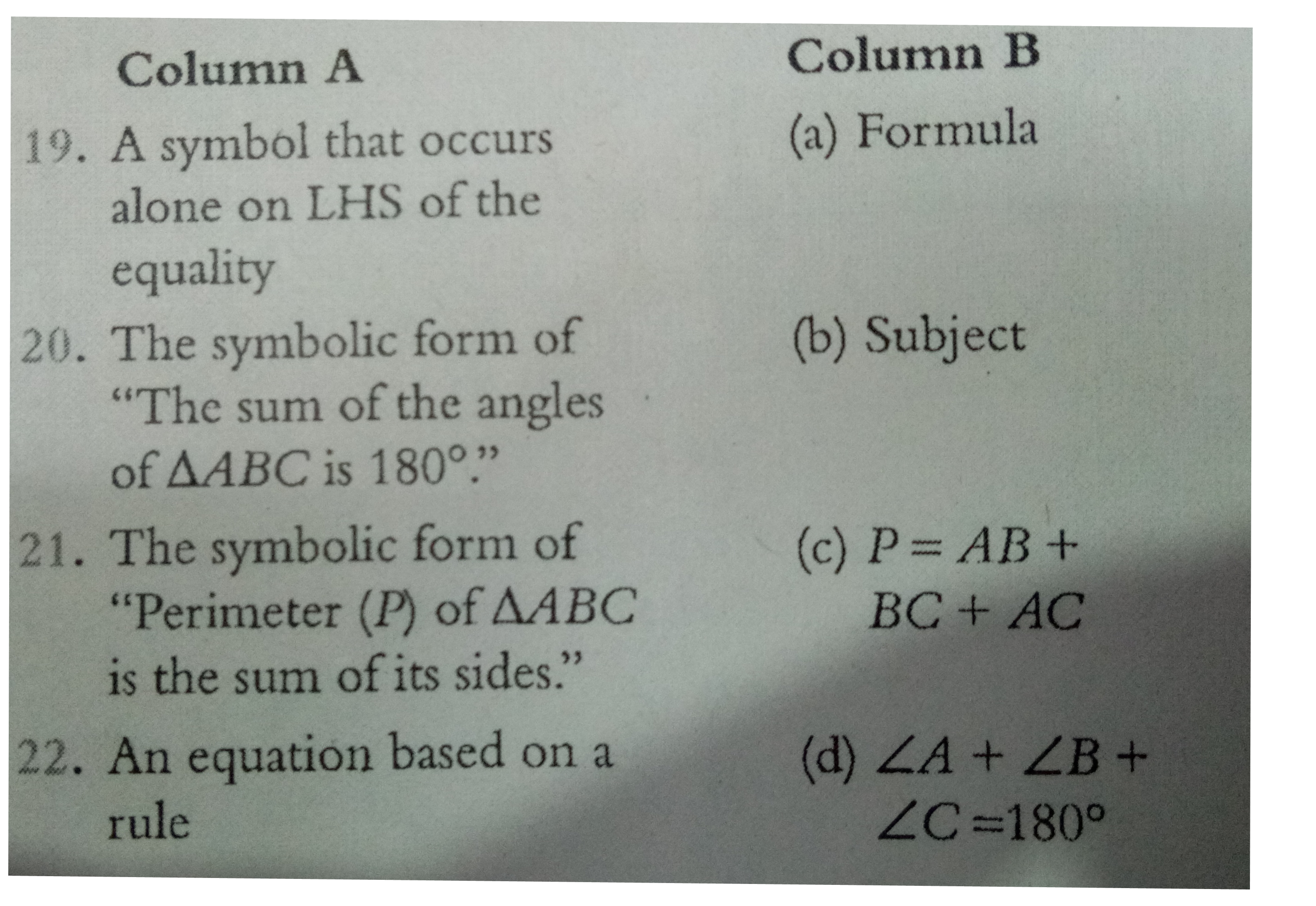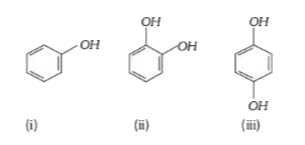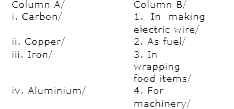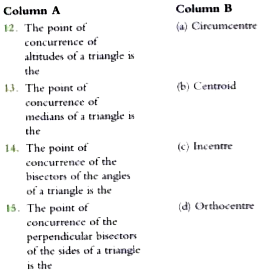Match the following Column A to Column B

A
(ii) lt (i) lt (iii)
B
(iii) lt (ii) lt (i)
C
(i) lt (ii) lt (iii)
D
(ii) lt (iii) lt (i)
Video Solution
Text Solution
The correct Answer is:C
More the number of - OH group, more will be the H-bonds higher will be the boiling point.

(iii)> (ii)> (i)
In (ii) intra H-bonding is not formed because ring formation is not stable.
|
Topper's Solved these Questions
- ALCOHOLS, PHENOLS AND ETHERSBOOK - ERRORLESSCHAPTER - ALCOHOLS, PHENOLS AND ETHERSEXERCISE - PAST YEARS QUESTIONS
36 Videos
- ALCOHOLS, PHENOLS AND ETHERSBOOK - ERRORLESSCHAPTER - ALCOHOLS, PHENOLS AND ETHERSEXERCISE - Assertion & Reason
20 Videos
- ALCOHOLS, PHENOLS AND ETHERSBOOK - ERRORLESSCHAPTER - ALCOHOLS, PHENOLS AND ETHERSEXERCISE - NCERT BASED QUESTIONS (Cyclic and Aromatic Ethers)
7 Videos
- ALDEHYDES AND KETONESBOOK - ERRORLESSCHAPTER - ALDEHYDES AND KETONESEXERCISE - ASSERTION AND REASON
10 Videos
Similar Questions
Knowledge Check
Match the following:
Column A Column B(1)V4+(a) Colourless(2)Ti3+(b) Pink(3)Ti4+(c) Purple(4)Mn2+(d) VioletA1-(d), 2-(c ) , 3-(a) , 4-(b )B1-(d) , 2-( b) , 3-(a) , 4-(c)C1-(d) , 2- (a ) , 3-(c) , 4-(b)D1-(a) , 2-(c ) , 3-(b) , 4-(d)Match the following: Column (A): Compound Column (B):pKa(a)Pyrrole (i) 11.27(b) Aniline (ii) -0.27 (c)Pyrrolidine(iii) 4.62
A(a)-(ii), (b)-(i),(c)-(iii)B(a)-(i), (b)-(ii), (c)-(iii)C(a)-(iii), (b)-(ii),(c)-(i)D(a)-(ii), (b)-(iii), (c)-(i)Match the following items of column (A) with column (B).
 AI – 2, II – 1, III – 4, IV – 3BI – 3, II – 1, III – 2, IV – 4CI – 1, II – 2, III – 3, IV – 4DI – 4, II – 3, III – 1, IV – 2
AI – 2, II – 1, III – 4, IV – 3BI – 3, II – 1, III – 2, IV – 4CI – 1, II – 2, III – 3, IV – 4DI – 4, II – 3, III – 1, IV – 2
Match the following from column - A with column - B :

View SolutionMatch the following.
Column AColumn B(A)Kelvin( )(a)Hotness(B)Time( )(b)Temperature(C)Temperature( )(c)Second
View SolutionMatch the following.
Column AColumn B(A)Area/length( )(a)metre−1(B)Mass/volume( )(b)No unit(C)Length/area( )(c)metre(D)Length2/area( )(d)kg m−3
View SolutionMatch Column A with Column B

View SolutionMatch the following items of column (A) with column (B).
ColumnA/Column B/I.Electron/1.RutherfordII.Proton/2.ThomsonIII.Neutron/3.Chadwick/
View Solution


